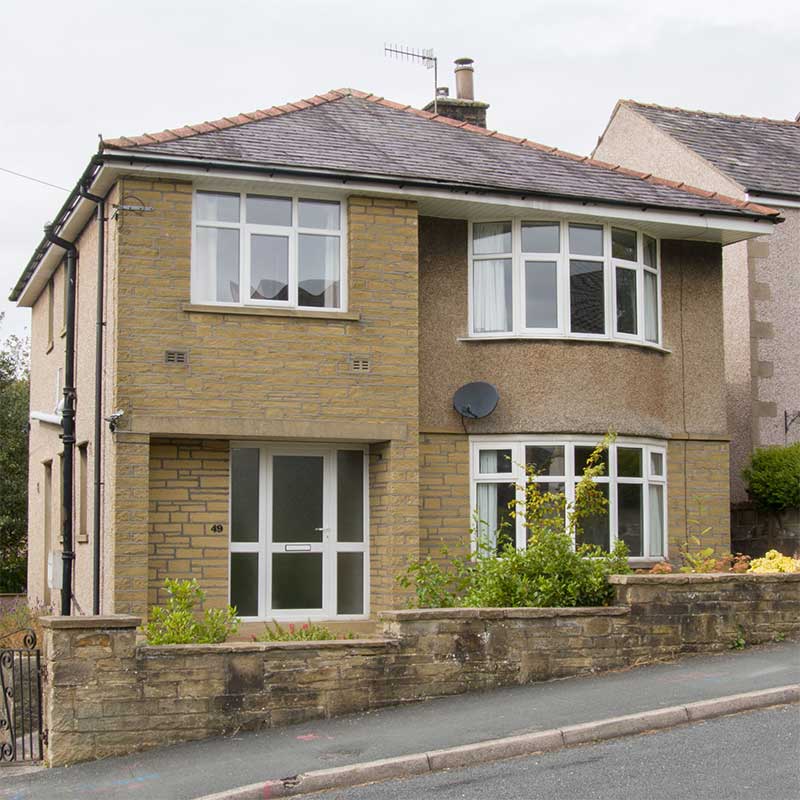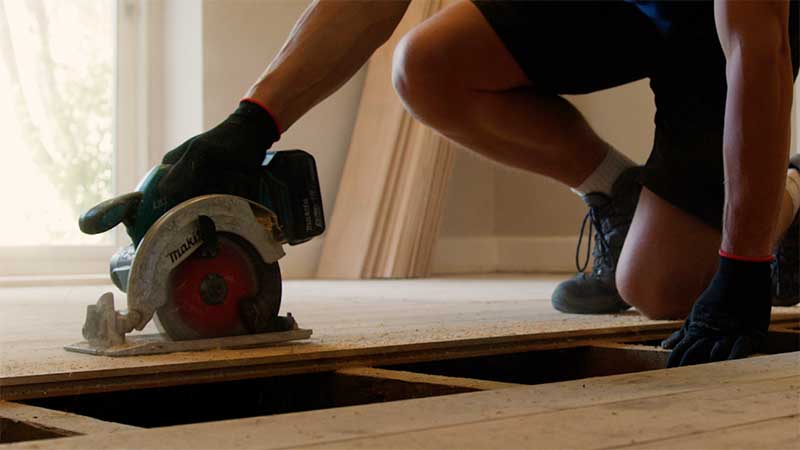Retrofitting is the process of renovating a property to make it more energy efficient, warmer in winter and less reliant on fossil fuels for power and heat. It is going to be a major talking point for homeowners in the next few years. As part of the government’s 2050 net zero target, an estimated 14.3 million* UK properties need upgrading to be more energy efficient and less reliant on fuels.
To help our members better understand what it involves, we’ve undertaken a retrofit of our own. And we want to share our experiences with you.
We own a home opposite our Skipton Building Society head office that we were able to retrofit over Autumn 2024. It’s a mid-size, 1930s detached property. It has three bedrooms, two bathrooms, a separate dining room, kitchen, and lounge.
Working with other Skipton Group organisations and industry experts, we transformed the property. By doing so, the home’s energy performance certificate (EPC) rating went from a ‘D’ to a ‘B’.
The measures we installed included:
- 12 solar panels with battery storage.
- Topped up loft insulation.
- An air source heat pump to replace the combi gas boiler.
- Triple-glazed windows and doors.
- Cavity wall insulation.
- Underfloor insulation (ground floor only).
- New ventilation measures to maintain good air quality.



